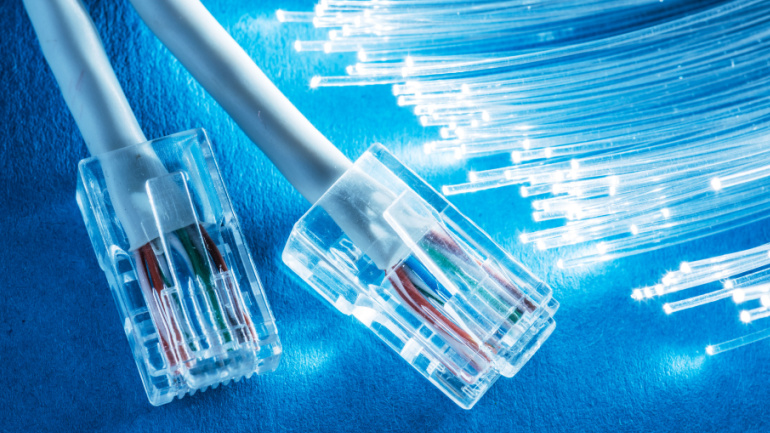In a significant development for digital infrastructure, the United Kingdom has emerged as a leader in the expansion of full fibre networks across Europe. Recent statistics have highlighted the country’s swift advancement in deploying fibre to homes, surpassing all European counterparts in the annual growth rate. Over the past year until September 2023, the UK has extended its fibre network to an additional 4.7 million households.
In a bold move, Millicom is widening its synergies with Harmonic, specifically leveraging Harmonic’s advanced cOS broadband technology to expand high-speed internet access across nine Latin American countries. This strategic advancement is enabled by the enhancement of existing nodes using Harmonic’s hybrid fibre-cable technology.
Altice Group strategically eyes shedding its 50.1% sharing in XpFibre, triggering a ripple of interest from major players like KKR & Co., Macquarie Group, and others. While KKR & Co, Macquarie Group, and CDPQ are all reported to be keen on acquiring the stake, no financial bids have surfaced to date. Meanwhile, Altice Group’s decision to divest isn’t surprising, given its $60 billion debt, and recent considerations to sell other assets.
Etisalat by e& is setting industry standards with the introduction of groundbreaking 5G fibre-to-the-home (FTTH) plans, offering astounding speeds of 5Gbps and 10Gbps. While the pricing situates them firmly at the high-end spectrum, they represent a commitment to enhancing customer connectivity. Leveraging XGS fibre network technology, this pioneering move fortifies the UAE’s ambition to reign as a global telecom leader.
Despite Europe’s stride towards a digitally advanced future, the current uptake of 5G stands at only 2.5%. This stands in stark contrast to how tech giants like North America, China, Japan, and South Korea are faring. While European market figures on Fibre-to-the-Home (FTTH) appears promising, various challenges, including recent antidumping measures, have stymied progress and exacerbated the digital divide.
In the third quarter of 2023, Ookla Speedtest Intelligence data reveals a robust global uptrend in fixed network speeds. The median download speed for fixed networks worldwide reached an impressive 83.95 Mbps, marking a substantial 19% increase from 70.3 Mbps in the same quarter of 2022.
A recent report by the Fiber Broadband Association (FBA) reveals that fiber internet has now reached over half of U.S. households, surpassing 51.5% of primary homes. The survey, conducted by RVA LLC Market Research and Consulting on behalf of FBA, highlights 2023 as a record-setting year for annual fiber-to-the-home growth, with network operators connecting an unprecedented nine million new homes.
Indosat Ooredoo Hutchison’s recent acquisition of MNC Play marks a strategic expansion into the fibre-to-the-home market, promising new options for customers and advancement in Indonesia’s digital transformation. Inclusion of MNC Play’s fibre optic network into the IOH portfolio fortifies their position in the market.
As Algar Telecom turns 70, the prominent Brazilian ISP continues to seize market share amidst 10,000 competitors. Serving 1.5 million customers across Brazil, they masterfully intertwine fiber broadband, wireless, and content services, satisfying the divergent needs of B2B and B2C consumers. The strategic blend of high-tech infrastructure and seamless customer experience propels Algar’s journey, pivoting on the indomitable broadband, termed as the “cardinal element”. Additionally, foreseeing the potential of the imminent 5G rollout, Algar’s game plan involves marrying fixed-line connectivity with wireless services, laying a robust groundwork for the future.
The future of high-quality broadband access hinges on fiber investment, with interest spanning government, media, and network operators. Its value is in optimization, sustainability, and compatibility with the future. This technology could reshape industries, from education to smart city initiatives. The European Commission’s ambitious Digital Deco 2030, aiming to extend gigabit services to its entire populace by 2030, reflects global recognition of broadband’s potential in economic growth. Nevertheless, the disparity in gigabit-digital access remains a concern, prompting a focus on all-optical fiber networks. This reality becomes evident with Omdia’s Fiber Development Index (FDI), offering a diverse range of fiber investment metrics.













